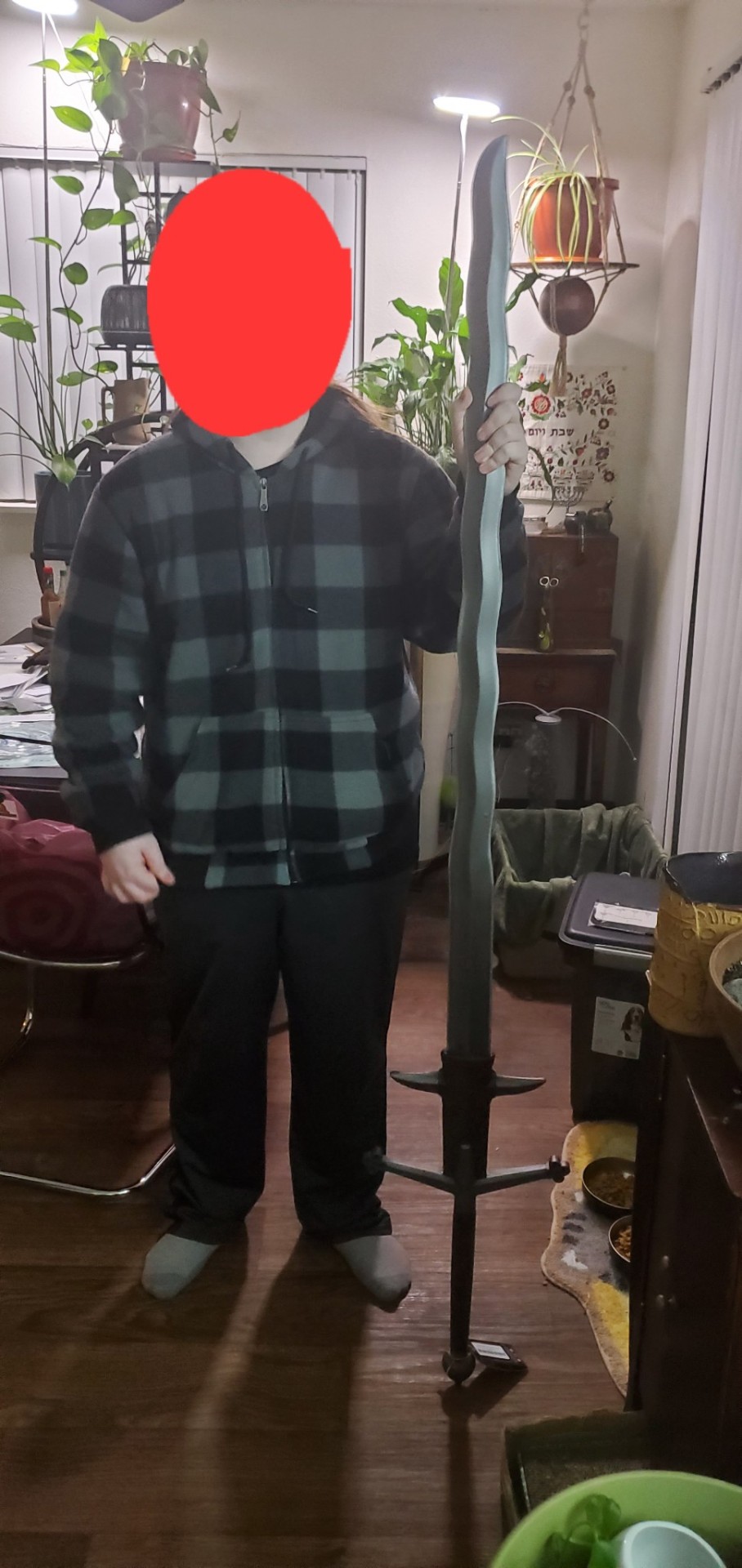#cover crops
Link
By Benji Jones
Vox
Aug. 15, 2022
The single greatest threat to the environment isn’t hunting or suburban sprawl or invasive species. It’s farming.
Farms cover roughly 40 percent of the country, and they’ve replaced countless ecosystems with vast fields of soybeans, corn, and cattle. Agriculture also accounts for about 11 percent of US greenhouse gas emissions.
The Inflation Reduction Act could help blunt some of those impacts.
Alongside more headline-grabbing investments in clean energy and health care, the bill — which President Biden is set to sign into law this week — includes nearly $20 billion to make farmland more environmentally friendly. The funds are designed, in part, to help farmers create more habitat for pollinators like bees, store more carbon in the soil, and make farms more resilient in the face of extreme weather.
Funding for farms is just a fraction of the $437 billion bill — and it only goes toward existing government programs — but it’s still a huge deal, experts say. “$20 billion is still a big investment, the largest since the Dust Bowl of the 1930s,” Karen Perry Stillerman, a deputy director at the research group Union of Concerned Scientists, wrote in a recent blog post. “It’s $20 billion more than we had two weeks ago,” she wrote.
And this investment is especially important today. Climate change is threatening crops by making some droughts and flash floods more frequent and severe. Many of the programs funded through the IRA don’t just target carbon emissions but could also help make our food system more resilient. Ultimately, that would benefit us all.
What the bill means for farmers
The biggest chunk of money — roughly $8.5 billion — will go toward a program run by the US Department of Agriculture called the Environmental Quality Incentives Program. It pays for projects that restore the ecosystem or reduce emissions on farmland.
Farmers often use the money to buy and plant cover crops. These are plants, such as clover, radishes, or rye, that are rooted in fields that might otherwise be fallow to improve the health of the soil and prevent erosion. The idea is that the ground is always “covered” with something.
Cover crops also have a range of other superpowers, said Rob Myers, director of the Center for Regenerative Agriculture at the University of Missouri. During a drought, for example, they can lock moisture in the soil; during a flood, meanwhile, they help water more easily penetrate the ground.
These plants also provide habitat for important critters above and below ground, such as spiders, beetles, and fungi — many of which provide services themselves, like pest control. Generally, more plants mean more animals.
Although just a small fraction of farms currently use cover crops, Myers said, programs like EQIP are making the practice more common. Planting them can be costly, and they take about three years to start paying off (such as by reducing the amount of fertilizer a farmer needs to buy), he said. That’s why government investment is so important, he said.
3 other important programs the bill funds
The IRA will also funnel more than $3 billion into another USDA initiative known as the Conservation Stewardship Program (CSP). Similar to EQIP, CSP pays farmers to make their lands more sustainable, but it typically provides funding over a longer period and for a larger suite of conservation-related projects, said Cathy Day, climate policy coordinator at a nonprofit called the National Sustainable Agriculture Coalition.
Read more.
#inflation reduction act#environmental quality incentives program#cover crops#conservation stewardship program#sustainable agriculture
8 notes
·
View notes
Text
This is our cover crop a couple of weeks ago.
Cover Crops and Soil Building(Regenerative Agricultural).
Green Cover Seed
ShireLand Farm
Abi Cesar DeMelo
#homesteading #farm #farmlife #shirelandfarm #homestead #coverseed #milpa #milpaseed #freeseeds #coverseed
#shirelandfarm#homestead#farm#homesteading#farmlife#garden#farmliving#gardening#gardencore#coverseed#cover seed#milpa#cover crops#covercrops
0 notes
Text
youtube
This is one of the best videos about soil health.
0 notes
Text
Lifehacker: Plant These Winter Cover Crops Now for Better Soil in the Spring
It’s difficult to overstate the benefits of a cover crop for your garden. In addition to helping replenish the nitrogen in your soil, cover crops also act as habitat for a healthy garden ecosystem and help prevent soil from eroding while it’s not in use growing veggies. Using cover crops, like companion planting, is a less invasive way to promote soil health while still allowing a vegetable garden to thrive. Planting a cover crop will make next year’s veggies that much healthier, and keeping weeds down will make spring planting a breeze.
Off
English
Cover crops are also useful as what’s known as “green manure”—essentially an in-place composting system that adds nutrients to the soil with very little effort. Once the cover crop dies off, you can allow it to decay in place, or to speed the process up by tilling the greens under before they go to seed.
What do cover crops do to a garden’s soil?
The two main types of cover crops are legume and non-legume. In addition to the familiar garden legumes, peas and beans, there are a vast amount of legume varieties from clover to vetch that can be used as cover crops that will return nitrogen to your soil. Non-legume varieties include rye grass and kale, and work opposite to legumes, using nitrogen from the soil.
If your garden primarily has things like tomatoes, peppers, or greens in it, a legume “nitrogen-fixer” crop will help restore the soil. If you grow primarily beans, peas, or squash, a non-legume, nitrogen-absorbing cover crop will balance things out. Depending on what you want to grow and your climate, these two major types of cover crop will help replenish soil and prevent erosion.
Which cover crops should you plant?
The most versatile cover crops that can be grown in almost any climate zone are legume varieties of sweet clover, alfalfa, and hairy vetch, and non-legume varieties of rye, kale, and ryegrass. These plants aren’t picky about soil type and are hardy in most climates. If you’re looking for the most simple cover crops, these are your best bet. But here’s what to know if you want a crop that is likely to thrive in your particular location:
Cover crops to plant in the south
In the south, legume varieties that will do well are white lupine, purple vetch, common vetch, yellow sweet clover, and field peas, and non-legume varieties of burr clover and crimson clover. These plants will thrive in warmer, drier environments.
Cover crops to plant in the north
As you go north, your options become more limited, but there is one variety of non-legume cover crop perfectly adjusted for northern climates in the U.S.: Smooth bromegrass is hardy in winter months and has fibrous roots that will help stabilize the soil.
Regional cover crops
Another factor that can affect how well a cover crop will do is its proximity to the coast. In the Northeast region of the U.S., legume varieties of red clover, white clover, and biennial sweet clover are likely to make it through the winter. In the southeast and gulf coast areas, blue lupine and purple vetch are a good choice. In the midwest, hairy vetch, winter rye, and barley are good soil stabilizing choices. In the southwest, cowpeas, fixation clover, and purple prairie clover will all do well. In the pacific northwest, fava beans, a wide variety of clovers, and buckwheat can all do well as cover crops.
If you’re not sure if your desired cover crop is hardy for your particular area, you can check your seed packet against the USDA hardiness zone map. More information and additional resources can often be found by consulting your local university extension.
#Plant These Winter Cover Crops Now for Better Soil in the Spring.#gardening#green gardening#cover crops#fall cover crops#regional cover crop guide
0 notes
Text

drawing stupid shit again
#magneto#x men 97#art#erik lehnsherr#x men#shitpost#cover them up meme#ask to repost first pls but u can do it as long as u don’t crop out the watermark#i’ve had the worst fucking art block for the past few days so i dragged this out of myself kicking and screaming#my art#mausolart#old man yaoi#suggestive#greatest hits
744 notes
·
View notes
Text

Thinking about how maybe not only does Andrew get Abram comfortable in water/bathing situations again post-Evermore, but Abram trusts him so much he dozes off TT they're gonna get all pruney in there but I guess that's the price we pay
#why yes this is a cropped version#and why yes im finally requesting payment for the full (its on patreon)#altho its not super exciting. abram is mostly really good cover here#this is the important part!!#HES FINALLY SLEEPING PEACEFULLY#AND THATS WHAT MATTERS#fan art#my art#aftg#all for the game#neil josten#andrew minyard#royal au#andreil#for clarity:#the sketch/lines are traditional#and colored digitally 👌
611 notes
·
View notes
Text


They!
#Brett choosing a picture from when Phil was his date and Phil choosing his favorite bts photo which is of him and Brett#to post as their literal cover photo for their emmy posts i'm#Ted Lasso cast#Brett Goldstein#Phil dunster#royjamie#Roy x Jamie#Ted Lasso#2023 emmys#Emmy boyfriendsss#i know these aren't cropped evenly but i wanted to include brett's full caption
2K notes
·
View notes
Note
I GOT THE SWORDDD!!!!!


Also christ its taller than ME!

#my response#Your sword looks AWESOME!! :DD#Also dont mind my poorly cropped and pixelated sword that I had to draw over to cover up the terrible yellow glare-#I did my best ASJNSJKC XD#I also have no idea where my sword is from or what it is-#it was a gift from a cosplay friend so I am don't know :(#and my sword is up to my shoulders!#which doesn't give you any kind of scale cuz no one knows my height---
334 notes
·
View notes
Text
new animedia cover is good as hell


#g witch#ikemen sulemio? ikemen sulemio#yeah that's the cover i didn't crop anything out#g-witch#witch from mercury#suletta mercury#miorine rembran#sulemio
400 notes
·
View notes
Text









Veil
By @zoraedits
⟨don't remove watermark & repost elsewhere⟩
#veil manga#veil#manga icons#manga illustration#manga inspired#manga idea#manga cap#manga coloring#manga crop#manga covers#manga couple#manga kiss#manga layouts#manga love#manga panel#manga page#manga post#manga plus#manga pfp#manga#mangacap#zoraedits#webtoon#icons#zoraedits manhwa layout#zoraedits manhwa icons#manhwa#manhwa icons#soft icons#manhua
492 notes
·
View notes
Text



tf2sday: (mostly) offense class edition!
image descriptions, as always, in alt text
#i don't like the foxy grandpa drawing but it was hard to cover up/crop out so she stays#tf2#expect more soon i've been on a big colleen (ma) kick
331 notes
·
View notes
Text


“ You are wretched, rotten little beasts! ”
Absolutely love the concept of William wearing his normal clothes alongside the Springbonnie head ( if you couldn’t already tell ) 🐇 ( love u Weem )
#William Afton#william afton fanart#fnaf william afton#Springbonnie#springbonnie fanart#springbonnie plush#fnaf#fnaf movie#fnaf fanart#Freddy#Chica#Foxy#please click to see the full pics !! his ears are super long and get cropped slightly 😭#Bonnie#willry#sorry for the change of lighting in these from my usual photos I think he looks nicer in warmer lighting#I love this plushie sm I’m so happy with my work !!#he’s made differently to my other Springbonnie plush as this one has a sculpted mask covered in fleece !!
147 notes
·
View notes
Photo





ROSÉ ♡ ELLE KOREA
#rose#blackpink#park chaeyoung#femaleidol#femaleidolsedit#ggnet#blackpinkgif#blackpinkedit#*#there was lots of text so i tried to crop things out and cover them !!!!#i tried my best!!!!
294 notes
·
View notes
Text

Source: Cover of Lime II (1982) by Lime
114 notes
·
View notes
Text

For the 3rd edition of @trafficzine I had the pleasure of being soulbond to @unnecessaryredstone, and we collaborated on this piece ! I did the background, they did the characters.
You can download the zine for free here ! And you totally should, everyone working on it did an amazing job!
Just the background + some bonus process pictures under the cut

#double life#double life smp#ethoslab#impulsesv#martyn inthelittlewood#inthelittlewood#bigbst4tz2#bigb#rendog#traffic zine#dlsmp#life series#‘why did you put so much effort into parts of the backgrounds that are completly covered in the end’ bc i’m 100% using this in my portfolio#cropping it to 1920x1080 to pretend it’s a layout and we’re good to go#but really i had such an awesome time working on this with red#i couldn’t be happier with the end result#my art#zines#mcyt
456 notes
·
View notes
Text
I am far too obsessed w crop tops. It’s actually reaching a cataclysmic point but I can’t stop wearing cropped everything help me
#In my defense a lot of effort goes into staying fit/toned and I literally just look good w cropped tops idk#But this winter I suffered bc I didn’t have anything that wasn’t cropped like a normal person except for sweaters#I’d literally wear cropped tops and sometimes they’d cover my midriff but most of the time they#Did not#Thank god spring is coming soon but I was looking thru my closet earlier like Ok I have NOTHING in here that isn’t cropped. What now .#Im trying to be okay w not wearing cropped things more idk#Also it’s NOT for other people I just like wearing crop tops bc they make me feel good and it’s just kind of my default outfit#But im trying to branch out more bc im starting to see how extreme it’s getting#like I want one normal tee shirt that isn’t cropped. I think that would do me some good
36 notes
·
View notes